This summer has seen record temperatures reached across the British isles and the very dry conditions we’ve seen crops suffer and in some places hosepipe bans have already started.

The key role of trees has been recognised for many years in places were these environmental extremes are common place. In the Carolinas, USA, residents are encouraged to plant deciduous trees on the south and west side of their properties to help shade and moderate temperatures in their homes. Temperatures can be an impressive 2-9 degrees cooler with trees planted.
The effect is not just from the shade the trees cast but also the effect of the evapo-transpiration as water is pumped through the plant.
On macro scale cities, with large areas of asphalt, hard landscaping and built structures the sun’s heat is captured, stored and reflected back into the streets, this creates the urban heat island effect. Trees are increasingly seen as critical in making cities more habitable and moderating temperatures.
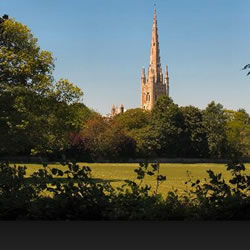
Trees take years to grow and the maximum benefit are seen from large canopy trees, it’s said the best time to plant a tree was 20 years ago, but the second best time is now!
Oak Leaf Tree Surgery can give you a Free, No Obligation Norfolk Tree Surgery Quote – 07920 067617
simon@oakleaftrees.co.uk
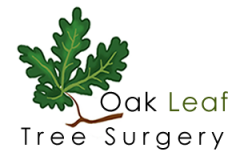

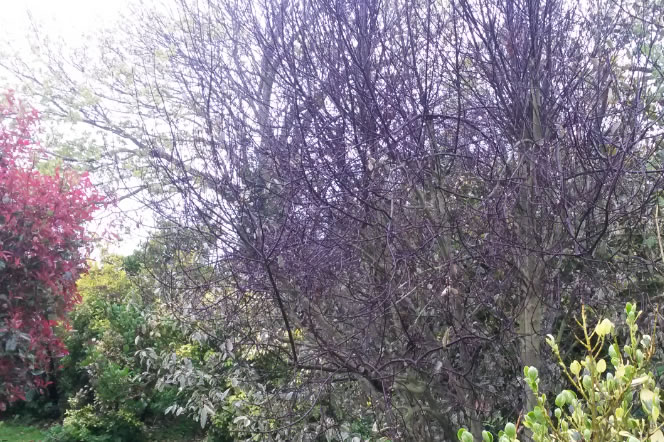
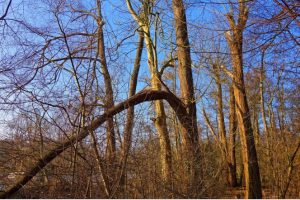
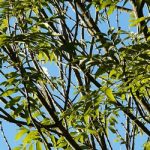 Ash trees are often the last of the native trees to come into leaf, but they should be in full leaf by late Spring. If you notice your ash tree has thinned out, has deadwood in the canopy or you can see a lot of sky through the tree as you look up, your tree might have ash die back.
Ash trees are often the last of the native trees to come into leaf, but they should be in full leaf by late Spring. If you notice your ash tree has thinned out, has deadwood in the canopy or you can see a lot of sky through the tree as you look up, your tree might have ash die back.